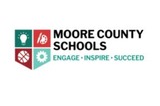
Students will use recyclable materials to design and create a wearable flip flop that prevents heat transfer from the hot summer sun.
- Subject:
- Science
- Material Type:
- Activity/Lab
- Author:
- Carrie Robledo
- LARA CABANISS
- Date Added:
- 03/26/2021

Students will use recyclable materials to design and create a wearable flip flop that prevents heat transfer from the hot summer sun.
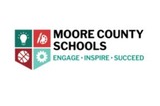
Students will use everyday craft items to build a simple angle based bridge ( swing set design ) Once bridges are built they will test their strength by placing weighted objects most likely gram weights or something that is a uniform weight on the bridge until it fails. Or they could test by levels of weight. 10grams, 20 grams etc.
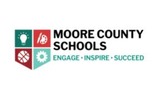
Students will work individually to design and build an instrument out of provided materials to make the loudest instrument they can. Students will need to work out what materials will cause vibrations in order to make sound. Students will be allowed to touch and plan before design as well as have time to fix and rebuild. The students will need at least an introduction to instruments and how their sound is created.

Sam the worm was out sailing and his boat capsized! Students will be given a gummy worm (Sam), a gummy life saver (the life preserver), a cup, and paper clips. Their task is to get Sam into his life preserver and back into his boat prior to time expiring.- all while using just one paper clip for each group member and not letting Sam fall into the water (ie, they can’t drop Sam). Also, Sam’s boat (the cup) must be flipped back over so he can be safe inside once more.
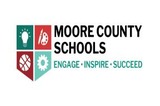
After reading Ricky the Rock That Couldn’t Roll, students will engineer a slope/hill and see if they can get a non-spherical rock to roll the length of it. Students will be given 4 (fake) dollars to buy materials according to their plan.
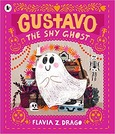
K-5 Day of the Dead Library lesson featuring the book "Gustavo the Shy Ghost" by Flavia Z. Drago
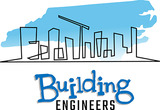
Students construct a yarn bridge between 2 cups that can hold as many bugs as possible. Students will record the number of each type of bug that successfully “stuck” and discuss the characteristics that helped them be successful (or caused them to fail/fall!).
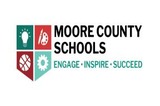
Students will create an obstacle course for the Dash robot to demonstrate the following movements and position words: straight, in front of, behind, zigzag, between, on top of, round and round , under, above, back and forth, below, beside, fast and slow.
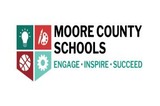
After reading various versions of The Three Little Pigs, students will plan and design houses that could protect the little pigs from the Big Bad Wolf (a hair dryer).
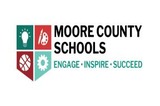
Students build a parachute that can travel quickly and safely to the ground.
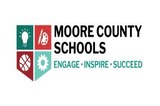
After reading Little Red Riding Hood, students will engineer a basket that will hold 50 unifix cubes while walking 100 steps without breaking.
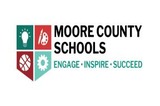
After reading about polar bears and other arctic animals, students will use Keva planks to build a den that the polar bear can stand up in.
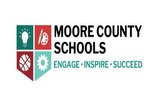
Students construct a yarn bridge between 2 cups that can hold as many spiders as possible.
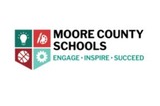
Students will research lighthouses of North Carolina using print and digital resources and create a digital presentation on the NC lighthouse of their choice. After studying basic electric circuits, students will use cardboard and Makedo tools to design and build a model of this lighthouse and wire it to light using a kit of electronic supplies. Students will showcase their final products with friends and family using digital photography, Google Presentations and a screencast video on Flipgrid or another platform of the teacher’s choosing. Students will submit a Seesaw documenting their experience with the Design and Engineering Process while building their lighthouse.
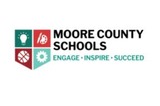
Students can work in groups from 1-5 in order to design a race car using stick magnets as the energy source. Students are using their knowledge of magnetic energy to design a race car that can be pushed or pulled through a race course seeking the fastest time. Students will design their race car out of a set group of engineering/building supplies. Math can be incorporated as well in the design process.
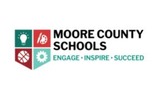
In this unit, students will research insects and dive into writing juicy paragraphs with main ideas and supporting details. They will create their insect out of various materials to get ready for the gallery opening.

Students are given 4-5 coordinate points, that will represent the sheep. First, they are tasked with creating a fence around the sheep. The students will use the endpoints of each piece of fence to compute the slope, y-intercept, domain and equation of the line. They will then code the rover to draw their lines. Finally, the students can calculate the area/perimeter of their fence and calculate the cost to build the fence. The students will then be challenged to minimize the area, perimeter and cost of building their corral, recalculate the equations of their lines, stating their new slope, y-intercept, and domain.

Students are given 5 random coordinate points and must create a path of linear equations to navigate the rover around each point. Teachers can have students calculate the slope, y-intercept, domain and range of the lines. Students will calculate the distance of each line and find the total distance the rover travelled. Students will then be challenged to minimize the distance the rover travelled. Teachers can extend this to include angles and distance, where the students calculate the angle the rover should turn and then the distance it should drive to go around each point.
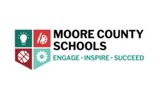
Students will listen to the book The Most Magnificent Thing by Ashley Spires and then collaboratively work together to make a doll that talks using the Scratch program and a Makey Makey. (These two tools were introduced and taught prior to this lesson.)
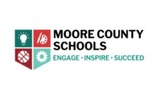
Students will invent solutions for problems from the past, present, and future.